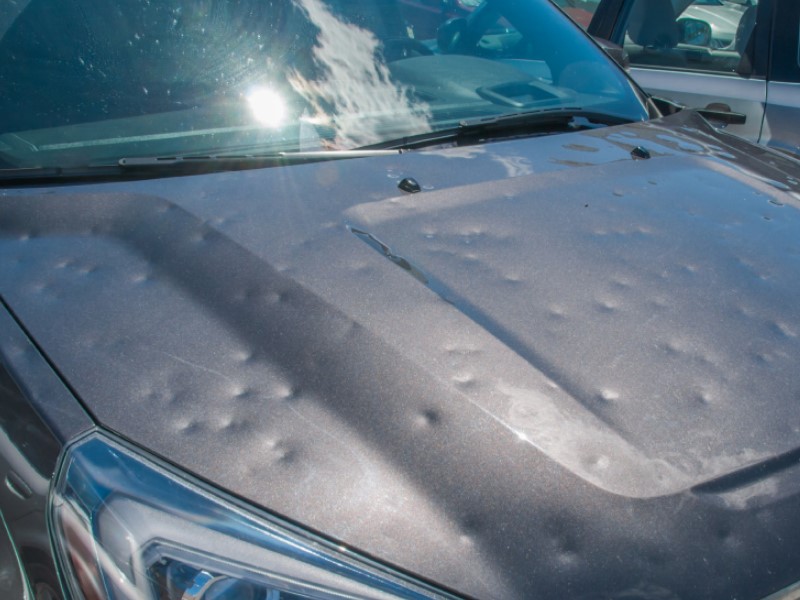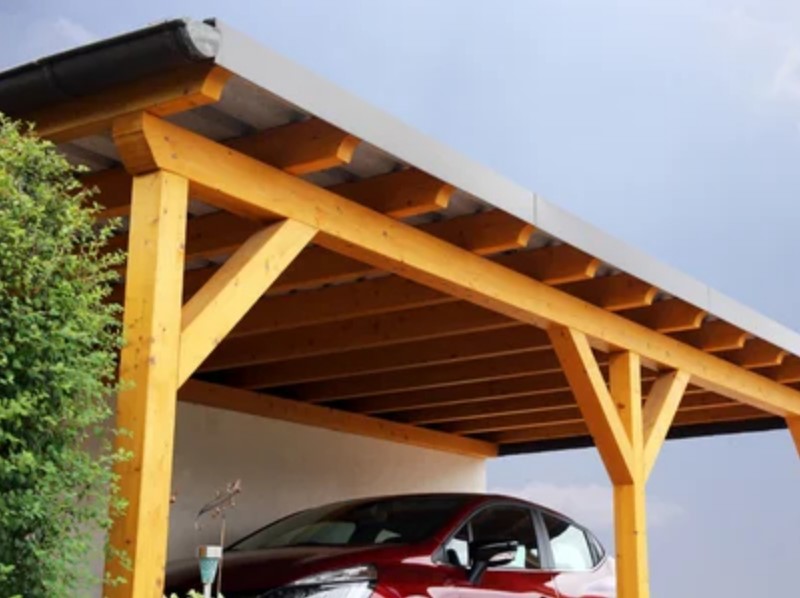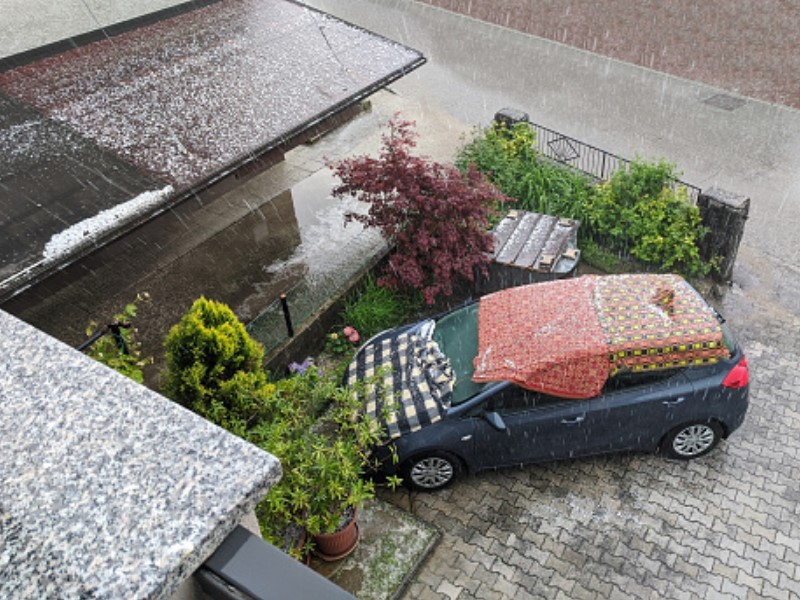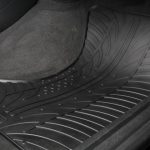Hail and cars: what to do
Not running for cover in a storm can become a problem, not only for your car but also for your wallet. In fact, in the event of very strong hailstorms, and without adequate prevention, your vehicle could suffer considerable damage.
A car damaged by hail risks being considered scrap, of little value and a danger, even by your insurance. In the most serious cases, however, the car could even be no longer insurable as it is too devastated by hail to be able to identify new damage in it. This is why having an adequate anti-hail cover is the best solution.
Damage to vehicles without a hail cover
The most common type is cosmetic damage with intact paint: this type of hail damage causes small dents on the exterior of the vehicle, has not deeply scratched the paint and can be treated with the removal of damaged paint and smoothing of dents by a mechanic.
Cosmetic damage with scratched paint: These are dents that scratch the paint. They cannot simply be repaired by removing paint and smoothing dents. In this case, it will probably be necessary to replace the affected skirt, usually at a very high cost.

Severe damage with intact paint: In this situation, the mechanical systems of the vehicle were damaged by a strong hailstorm. At the same time, the paintwork has not been altered, so the exterior can still be treated with paint and dent removal.
Serious damage with scratches: The worst case scenario. In this situation, mechanical repairs are required and the vehicle will likely need replacement of the exterior panels.
How to prevent hail damage
The best way to protect your vehicle from hail damage is to park it in a covered space when hail is expected in your area. Be proactive by checking your local weather channel, weather apps and radars to stay up to date on the latest weather forecast. This is especially important if you live in an area prone to heavy hail.

We recommend that you store your vehicle in a garage during thunderstorms. Whether it’s a fully fenced garage at home or a partially fenced parking lot nearby, this space will best protect your car from hail damage. Unfortunately, not everyone has access to a garage. If that’s the case, don’t stress yourself out. Other covered spaces, such as car park covers or covered parking spaces, are also effective solutions for hail protection for anti-hail covers for cars (easily purchased online or in car accessories stores).
How to escape the damage of hail
If you are surprised by a hail storm, here is what you can do to protect your car from hail damage. Move your vehicle to a safe location, ideally a covered parking space. If you can’t find covered parking, cover your car with any hail protection materials you have on hand, such as blankets, towels, or mats.

This form of hail protection for your car isn’t foolproof, but it’s better than nothing.
Steps to take after a hail storm
Once the hail has passed, take some time to inspect your vehicle for any damage. If you have successfully protected your car from hail, you are good to go. If you weren’t that lucky, contact your insurance company and file a claim. As long as you have auto insurance, any damage to your vehicle caused by the storm will be covered.
Be sure to take photos of any damage and keep receipts of any repairs so you can present them as evidence when filing your claim. Regardless of whether your car is damaged or not, we recommend that you wash and dry it to remove any water spots, dust or dirt that may have arisen during the storm. But remember that a hail cover could have saved you all this trouble. You do not necessarily have to equip yourself with a garage or a roof: there are removable anti-hail covers of different types, both for use and for cost: from inflatable ones to multilayer ones with rubber bands. According to your vehicle and your needs, evaluate the best one for you and do not get caught unprepared!










